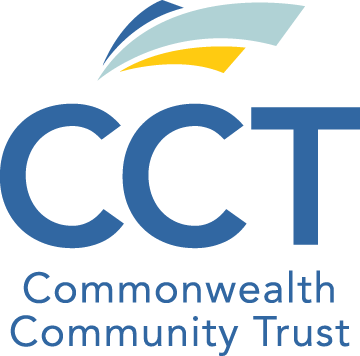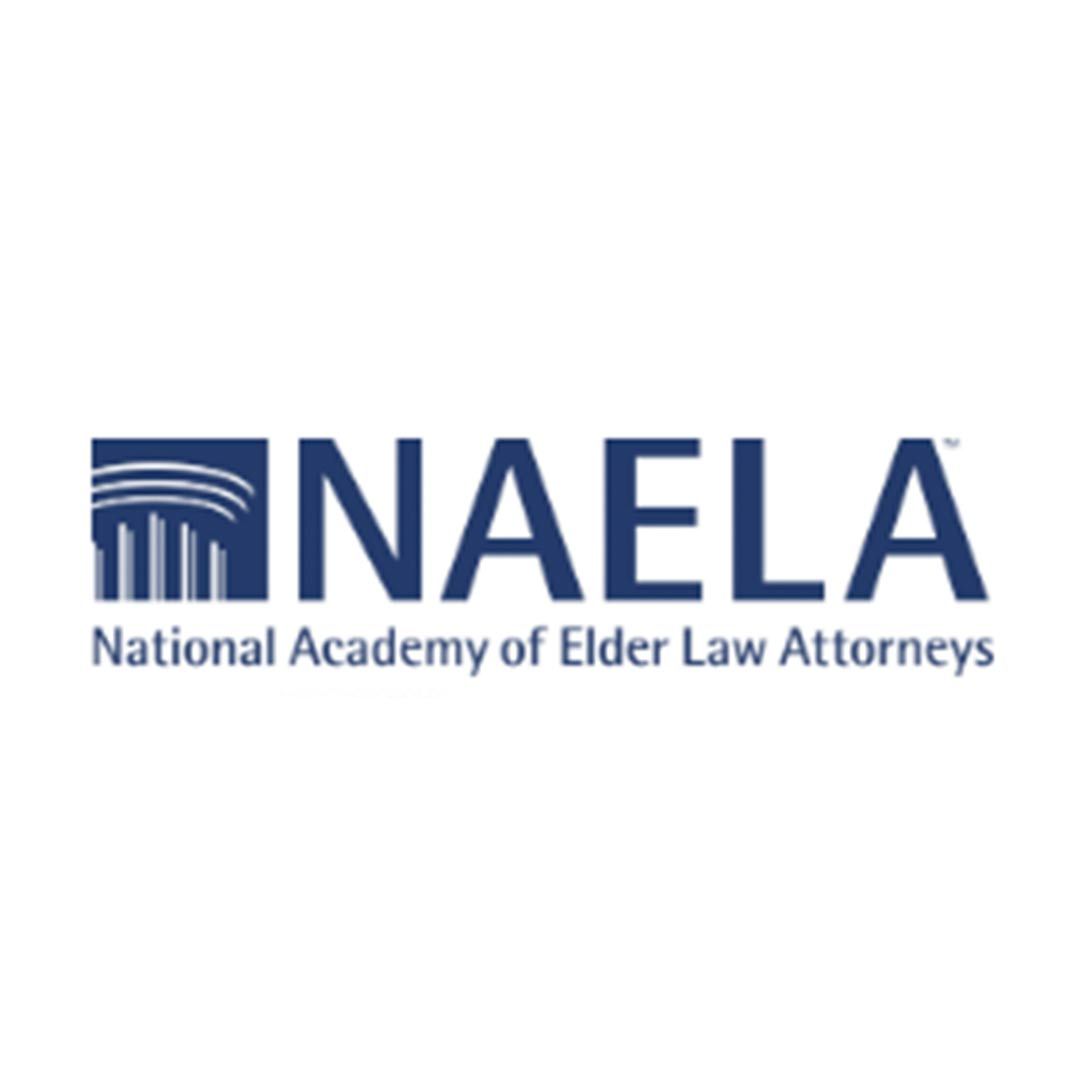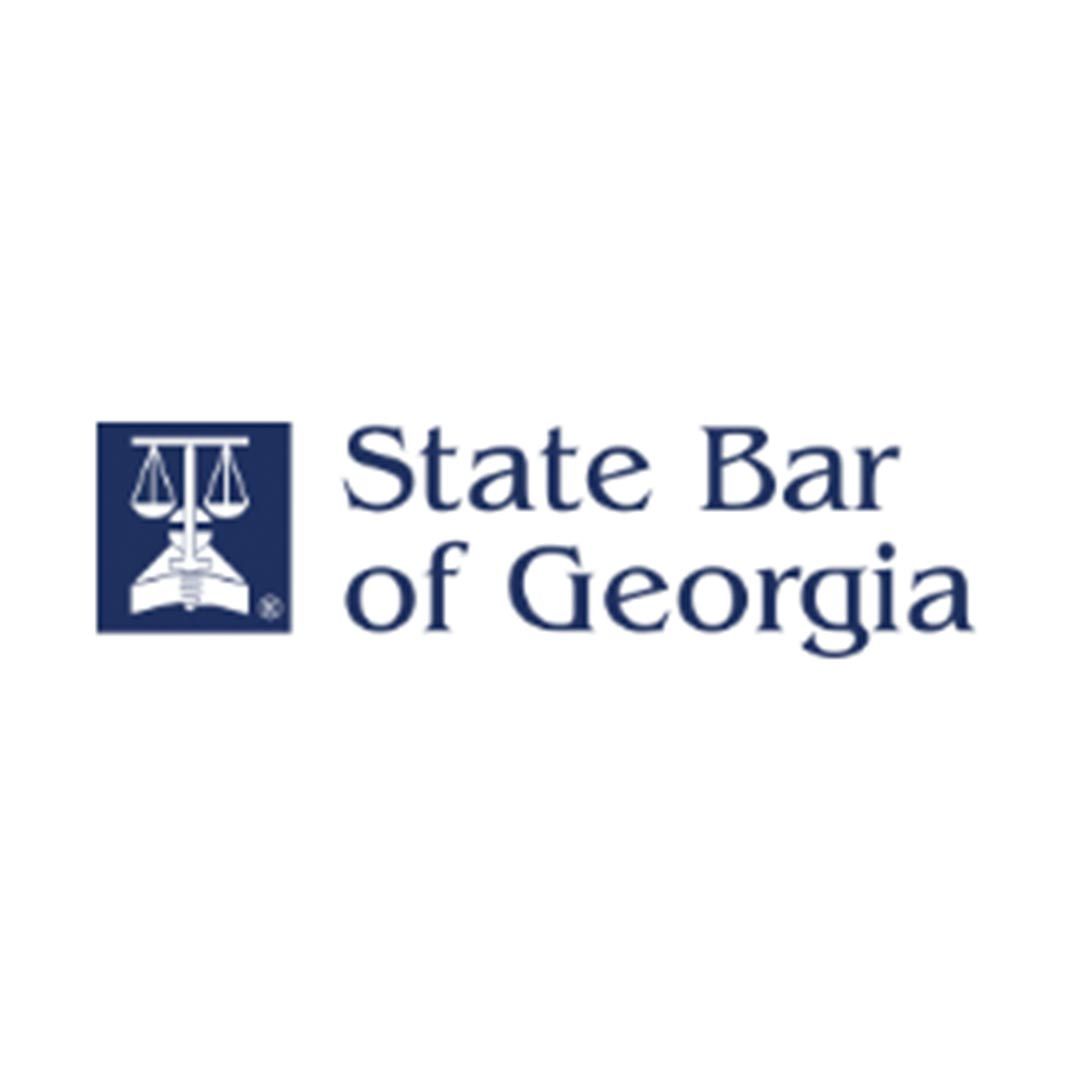Special Needs Planning Tools: A Comparison of 529 ABLE Accounts, Pooled Special Needs Trusts and Special Needs Trusts
The ABLE Act allows an individual with a disability to have a tax-preferred savings account without jeopardizing his or her Medicaid and SSI eligibility.
See link above for the comparison chart of ABLE accounts and trusts at the end of this article.
The Stephen Beck, Jr., Achieving a Better Life Experience Act (ABLE Act) was signed into law on December 19, 2014. This Act allows an individual with a disability to have a tax-preferred savings account without jeopardizing his or her Medicaid and SSI eligibility. This new savings tool, modeled after the 529 college-savings plan, allows disbursements, including earnings, from the account to pay for certain qualified expenses. While these accounts were modeled after 529 accounts, there are distinct differences between a traditional 529 and a 529 ABLE account, which families and practitioners need to keep in mind.
Legislation to allow ABLE accounts was first proposed nearly 10 years ago. The concept of an exempt savings account was the result of a small group of parents in Massachusetts and Virginia who were concerned about the $2,000 cap on resources and how restrictive that was to individuals who wanted to live in the community and maintain a more normal life. In 2006, parents from Northern Virginia got the ear of their Congressmen to introduce what was initially known as the Financial Savings Account for Individuals with Disabilities Act. In 2010, after several unsuccessful attempts at passage, the name of the bill was changed to the Achieving a Better Life Experience (ABLE) Act with the hope that the new name would generate better understanding and support for the goals of the legislation. Proponents of the bill intended to introduce a simpler way to provide for the financial future of persons with disabilities. What began as a way of simplifying future planning has become quite complex as Congressional changes diminished the original version of this legislation. Changes to the bill are numerous but most significant is the suspension of SSI when the ABLE account exceeds $100,000. Retained in the legislation is the ability to keep Medicaid until the account exceeds the state’s 529 college saving plan limit. The initial legislation had no limitation on the age of the beneficiary of an account. As passed, the onset of disability must be established prior to the age of 26 years. The initial legislation also did not include a payback clause. As passed, any funds remaining in the ABLE account are subject to a payback similar to self-settled first party special needs trusts. Payback is limited to the date the ABLE account was created as opposed to the lifetime of the beneficiary. These and other changes were necessary in order to obtain support to pass the legislation.
Despite the many changes made to the bill, it still remains as a major step forward in enabling individuals to live more independently. It is ideal for avoiding a spend down and preserving a small amounts of money without the expense of creating a first party special needs trust, gives control to competent beneficiaries who are insulted by having to give up control of their own funds to preserve SSI and Medicaid eligibility, allows an accumulation of wages over time, and avoids the penalty of the SSI one-third reduction rule for assistance with housing expenses.
Not a Replacement for Special Needs Trusts
While an ABLE account provides a flexible savings tool, it has not taken the place of the need for a third party special needs trust or in some cases, a first party special needs trusts also known as (d)(4)(A) and (d)(4)(C) trusts. All of these planning tools protect Medicaid and SSI eligibility and provide a means of paying for expenses that can enrich the quality of life of an individual with a disability. This article provides information about the similarities and differences between these planning tools in order to determine if one is a better option given an individual’s circumstances, or if setting up one or more would be advantageous.
An amount equal to the annual federal gift tax exclusion (currently $15,000) can be deposited annually in the account while still maintaining the beneficiary’s eligibility for Medicaid and Supplemental Security Income (SSI). It is important to note that this is a total of $15,000 from all sources and not $15,000 per year from multiple donors. As stated above, if the account balance goes above $100,000, the beneficiary’s SSI payments will be suspended until the account balance falls below $100,000. A beneficiary’s eligibility for Medicaid benefits will continue until the account balance reaches the amount of the state’s ABLE plan maximum limit which is the same as each state’s 529 college savings plan limit.
ABLE programs are open for enrollment. For updated information about the ABLE Act, available state programs and legislative updates, visit Commonwealth Community Trust or ABLE National Resource Center.
This article compares ABLE accounts with pooled special needs trusts (both first party (d)(4)(C) and third party pooled trusts), First party (d)(4)(A) special needs trusts and the traditional third party special needs trust, which have an individual and not a pooled trust as trustee.
Practitioners are familiar with the use of pooled trusts known as (d)(4)(C) SNTs, but pooled trust organizations may also offer pooled and/or traditional third party special needs trusts.
What Is a Pooled Special Needs Trust?
A nonprofit organization administers the following types of pooled special needs trusts:
- A third party pooled special needs trust is funded by someone other than the beneficiary, typically a family member or friend, and can be coordinated with a grantor’s estate plan.
- A first party pooled special needs trust — also known as a (d)(4)(C) SNT — is funded with the disabled individual’s own funds usually received as a personal injury or workers’ compensation award, an inheritance left directly to the beneficiary, Social Security back payment, or an award of marital property or spousal support.
- The following briefly summarizes the services provided by the trust administrator:
- Pools trust funds together for investment purposes and each beneficiary has his or her own sub account.
- Makes decisions on how funds from the trust are disbursed.
- Decides who manages and invests the trust funds.
- Fulfills reporting requirements to government agencies.
- Stays abreast of the Social Security Administration’s Program Operations Manual Systems (POMS) and state Medicaid regulations so that SSI and Medicaid, means-tested government benefits are not jeopardized.
What to Consider?
The following highlights the notable differences between an ABLE account, pooled special needs trusts (first party (d)(4)(C) and third party) and special needs trusts (non-pooled first party (d)(4)(A) and the traditional third party):
- Age requirement and proof of disability to qualify for an ABLE account
- Medicaid payback provision for an ABLE account, first party pooled (d)(4)(C) and (d)(4)(A) special needs trusts/no Medicaid payback for third party pooled and non-pooled traditional special needs trusts
- Funding restrictions for an ABLE account
- Types of expenses to be paid and whether or not expenses are related to the beneficiary’s disability
- Amount of funding (i.e. lump-sum proceeds from life insurance death benefit or personal injury award that is greater than or less than $15,000)
- Costs
- Oversight that would be helpful to the beneficiary
- Flexibility and independence for the beneficiary with an ABLE account
- Investment control
- Ability to avoid one-third reduction for in-kind support through use of ABLE account
Practical Concerns of an ABLE Account
- Payback requirement
- No more than one ABLE account allowed
- Potential of overfunding from well-intended family members
- Making sure distributions are for Qualified Disability Expenses (QDE)
- Keeping track of QDE as well as non-qualifying withdrawals for income tax purposes
- Increased risk of fraud, undue influence and exploitation
As ABLE accounts are made available in more states, more clients will seek advice from experienced practitioners on the best planning tool or tools to use to address both current and future needs. It is important to keep in mind that having an ABLE account is not mutually exclusive of having a need for a special needs trust. While an individual is limited to having only one ABLE account, he or she may also have need for one of the other types of special needs trusts to manage larger amounts of money or to avoid a payback for funds and assets that are not subject to a payback if left to a third party special needs trust.
ABLE accounts have not taken the place of or the need for a third party special needs trust to protect life insurance and/or an inheritance. A combination of the two may enable individuals with greater control over their lives as well as provide a higher level of care than is currently provided by the government. ABLE accounts should be seen as another planning vehicle which, if properly utilized, will create a more comfortable and enriched life for persons with disabilities. Special needs planners must caution families that while ABLE accounts have been compared to 529 accounts, they are very different from higher education 529s. More than ever, families need the expertise of special needs planners to guide them in determining which planning tool or tools are right for each unique family situation. Special needs planners must become knowledgeable about the similarities and distinctions between the new ABLE accounts and the special needs trusts so that we can best advise our clients as to when to use ABLE vs. one of the other special needs trust options.
Effective in 2018, the ABLE Act has been revised by several pieces of legislation. This article and the accompanying chart have been updated to include the following:
- ABLE to Work Act – Eligible employed beneficiaries can contribute an amount equal to their current year gross income up to an additional $12,060 each year (current federal poverty level). If the beneficiary or their employer is contributing to a defined contribution plan (401K), annuity plan (403(b)), or deferred compensation plan (457(b)) in the same calendar year, the beneficiary is not eligible.
- ABLE Financial Planning Act – 529 college savings accounts can be rolled over to an ABLE account if the beneficiary is the same for both accounts, or if the beneficiary of the ABLE account is a qualified member of the family of the college savings account beneficiary. A qualified Member of the Family is defined by the 529 college savings plan as parents and step parents, aunts, uncles, siblings, children, first cousins, nieces and nephews. The rollover and any additional contributions are collectively limited to the current tax-year ABLE contribution (currently $15,000 or the annual gift tax exclusion amount).
- In addition, legislation has been proposed to expand the age of onset of disability from its current age of prior to 26 to age prior to age 46, but the bills have not come out of committee.
About the Authors
Joanne Marcus, MSW, is the Executive Director of Commonwealth Community Trust (CCT), a national nonprofit organization that provides administration of pooled special needs trusts. Since its founding in 1990, CCT has served more than 1,500 beneficiaries and CCT trust services are available nationwide. For more information, call 804-740-6930, toll-free 888-241-6039 or visit the CCT website.
Theresa Varnet, MSW, JD, is of counsel to the firms of Spain, Spain & Varnet, P.C., of Chicago, Illinois and of Fletcher Tilton & Whipple, P.C. of Worcester, Massachusetts.
This article and chart have been updated from the original (published in 2016) by Karen Dunivan Konvicka, JD, General Counsel for CCT.
Statements of fact and opinion are the responsibility of the authors and do not imply an opinion or endorsement on the part of NAELA or the officers or directors of NAELA unless otherwise specifically stated as such.




